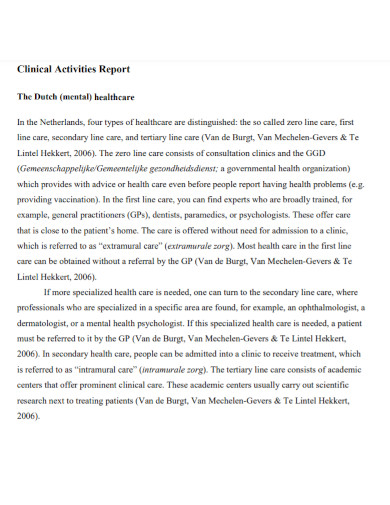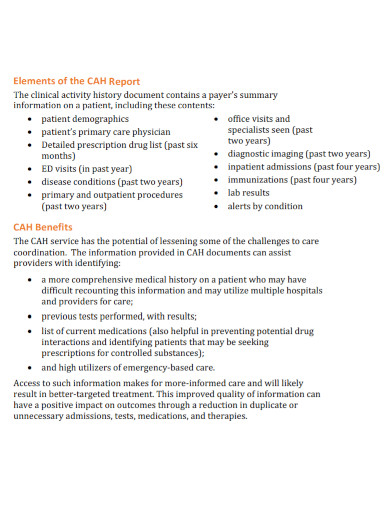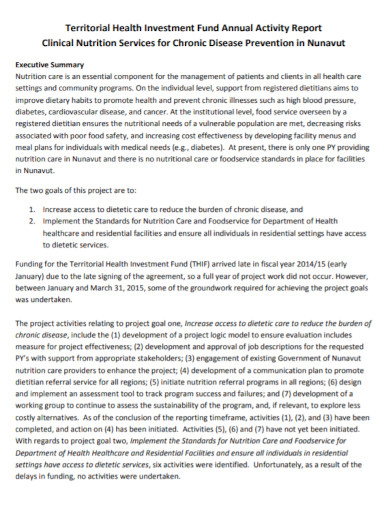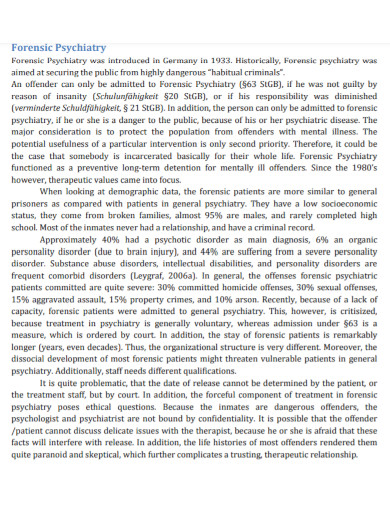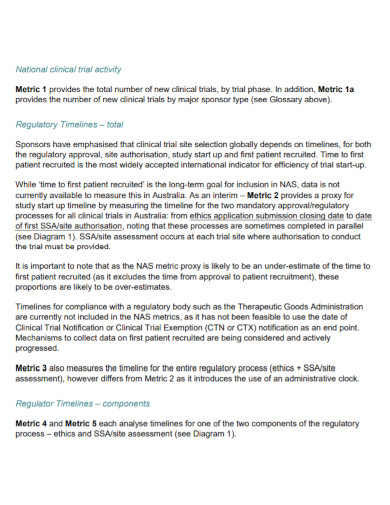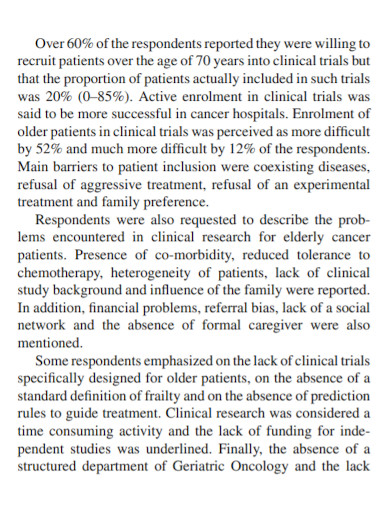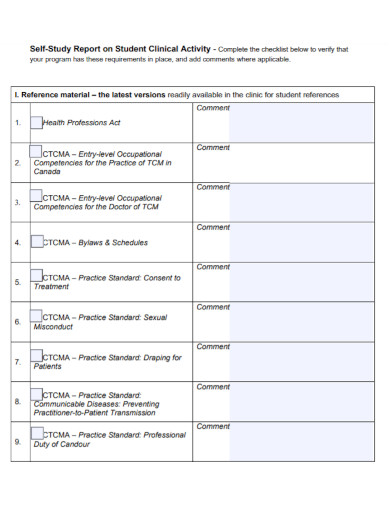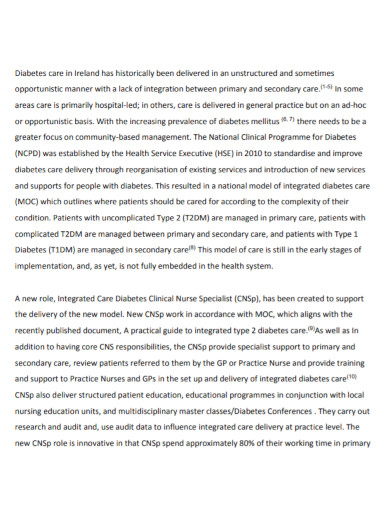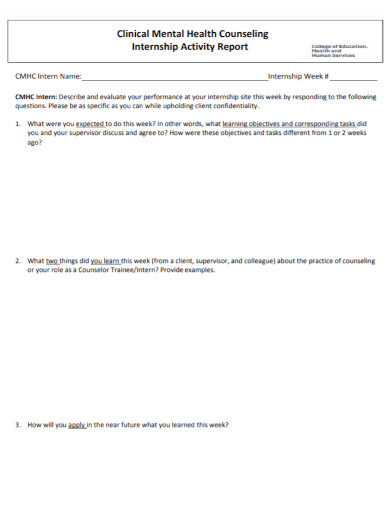9+ Clinical Activity Report Examples to Download
Working in healthcare is hectic. There are a lot of responsibilities you need to juggle, from patient care to clinical recordkeeping. As an intern, a nurse, or an entry-level healthcare facility or pharmacy staff, it’s important to record your activities of the day, week, or month, for you and your employer to keep track of your productivity. We understand how overwhelming healthcare duties can be, this is why we take away the burden on writing a clinical activity report from scratch by offering you an array of downloadable, ready-made templates that you can customize to tailor-fit your needs. If you need some activity report ideas, we offer you a number of examples below for your convenience.
9+ Clinical Activity Report Examples
1. Clinical Healthcare Activity Report
2. Clinical Activity History Report
3. Clinical Annual Activity Report
4. Clinical Forensic Psychiatry Activity Report
5. Clinical Project Activity Report
6. Clinical Organization Activity Report
7. Clinical Doctors Activity Report
8. Report on Student Clinical Activity
9. Clinical Nurse Activity Report
10. Clinical Internship Activity Report
What Is a Clinical Activity Report
A clinical activity report provides a detailed overview of the nurse’s or clinical staff’s activities over a period of time. It shows the specific tasks, assignments, projects, and so on, that have been done. Like any other activity report, this can take the form of, for example, monthly reports or daily reports, or simple oral summary reports of the person’s activities over the past days.
An activity report is very similar to a project timesheet, but is more specific in providing details. A timesheet, in general, shows how much time a person has spent on the tasks done, whereas an activity report contains more detailed breakdown of what the person specifically did.
Useful Tips for Writing a Clinical Activity Report
With our template examples above, we hope you’re able to picture out how your activity report will look like. Of course, the process doesn’t stop at downloading the template and filling in the blanks. It’s better to customize it to meet your needs and that of the other parties you are doing it for, let’s say, your employer or supervisor. So, without further ado, here are a few tips on how you can make your own clinical activity report, but better:
Tip 1: Create an Outline
If you’re unsure where and how to start your activity report, start off by outlining your details. Arrange the details by category and observe hierarchy according to importance. Start off with an introductory paragraph to make your report sound polite and provide a brief summary of what your activities throughout the day were, then followed by a detailed description of the activities you have done. As much as possible, observe hierarchy in itemizing your daily activities. This will help your supervisor validate the complexity of your tasks and may excuse you should you only list a few.
Tip 2: Don’t Forget the Introductory Part
Start your activity report with a paragraph or more that explains the activity(ies) to be undertaken, as well as the objectives, importance, and overall background for understanding the activity. In any activity report, the objectives are a vital part because they are usually analyzed in the conclusion.
Tip 3: Provide Results and Discuss
This is the heart of any activity report. Here, it should explain how the results were obtained and discuss the implications of such results. As a rule of thumb, arrange your results from simple to complex (building to conclusion); or begin with the conclusion statement as long as applicable. Be sure to emphasize what is new or important about your results. And, if possible, consider alternative explanations for the results.
Tip 4: Discuss the Results in the Context of the Entire Activity
This practically means explain your conclusion. In this section, the objectives mentioned in your “introduction” will be examined to determine whether or how the activity met or failed to meet such aims. Also, be sure to make your conclusion relevant to the status quo (current issues or events) in the company. Who knows, even if you’re an intern, you can make a difference for the healthcare organization you are working for.
FAQs
Who Has to Make a Clinical Activity Report?
Actually, every staff of the healthcare facility may be assigned to make an activity report whenever necessary. However, it is often assigned to clinical interns since they are monitored more closely — their progress, learnings, and other key areas in their internship; hence, internship report.
What Are the Uses of Clinical Activity Reports?
In the healthcare setting, an activity report can be used in invoicing patients, making innovations with the facility operations and sysetms, and making well-informed decisions for the organization’s success.
What Form Can Clinical Activity Reports Take?
Clinical activity reports/records can be presented in a tabular manner. These reports may also take the form of a paper document. Often, they are built into a web or mobile application, which is highly effective in making daily reports as it is available 24/7.
Writing clinical activities should not be hard when you consider getting a template. If you’re having trouble where to start, browse for our templates and examples to make your task lighter.



